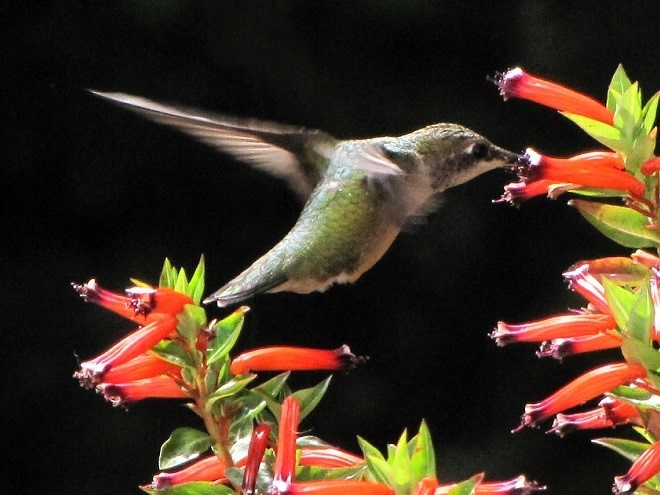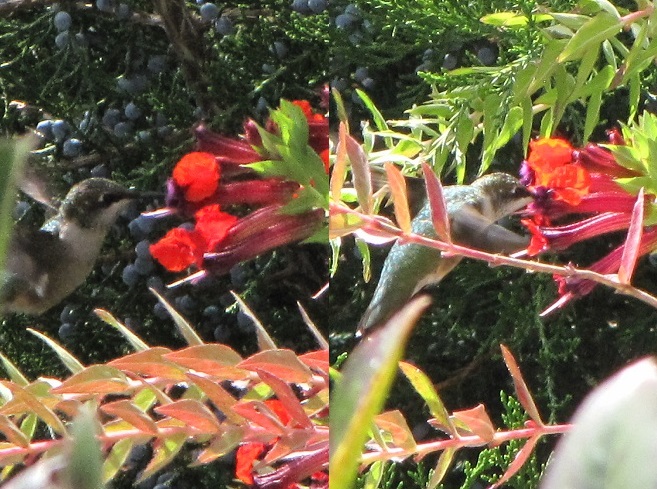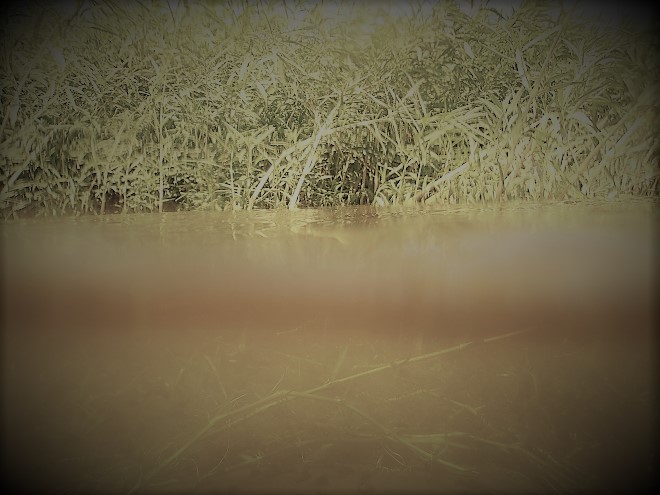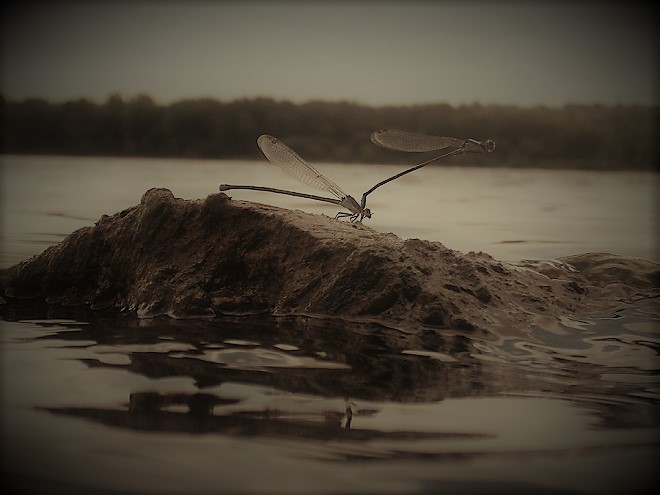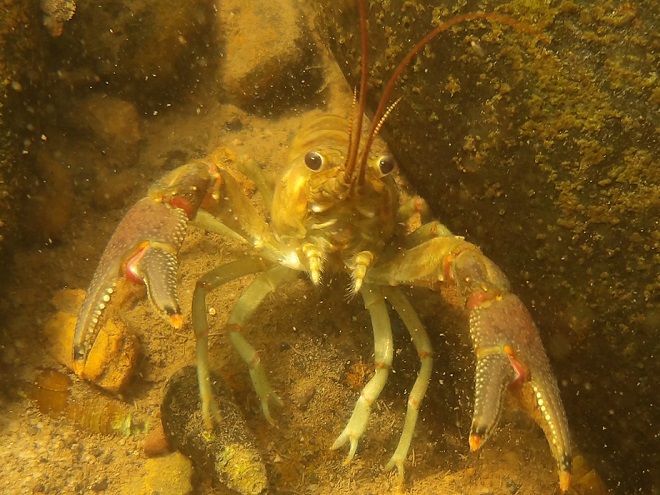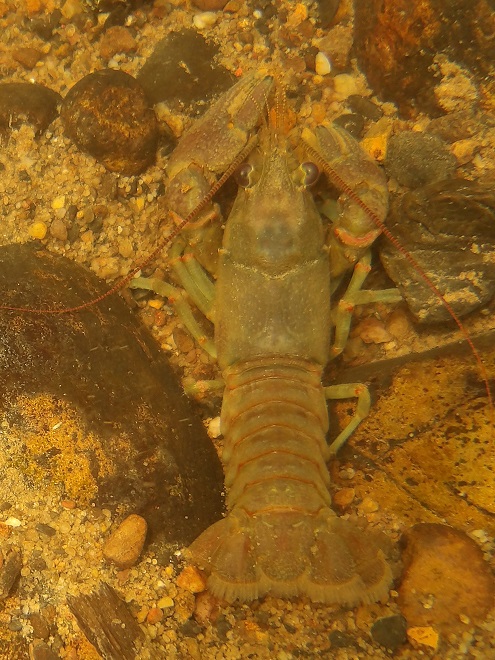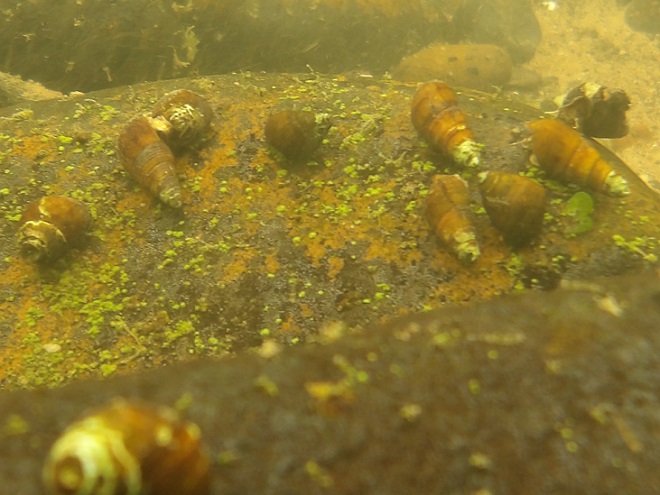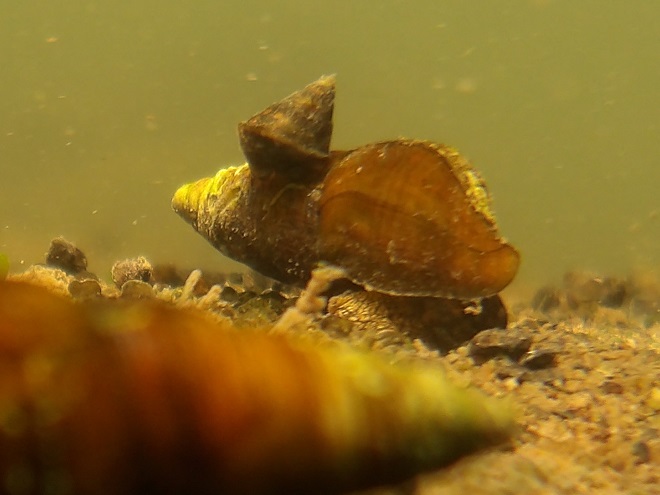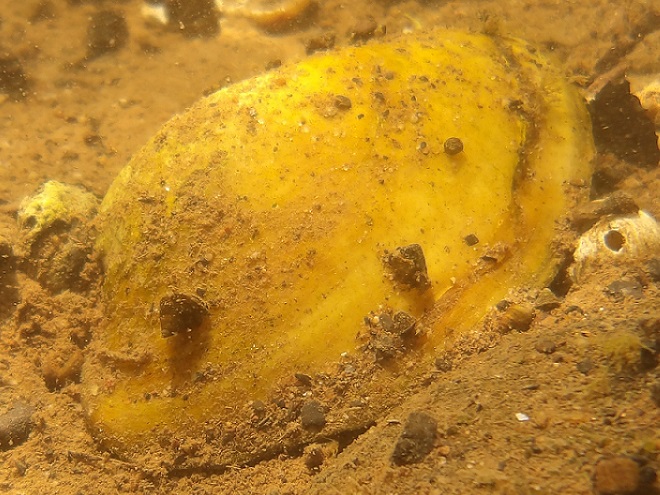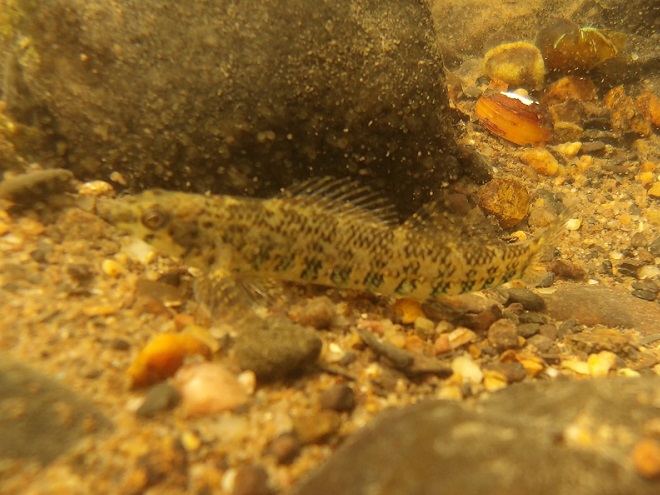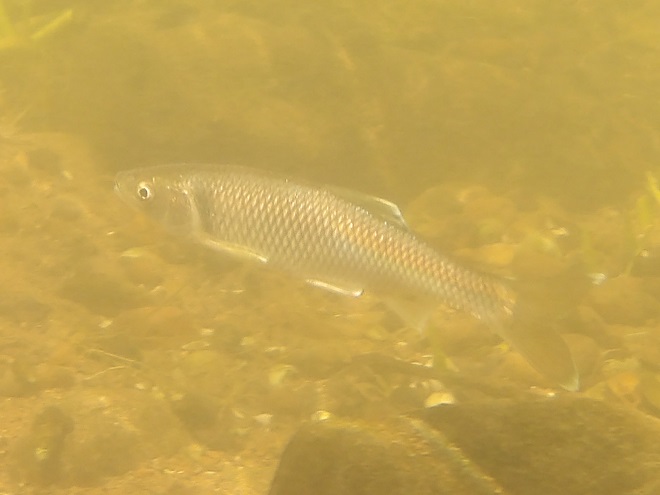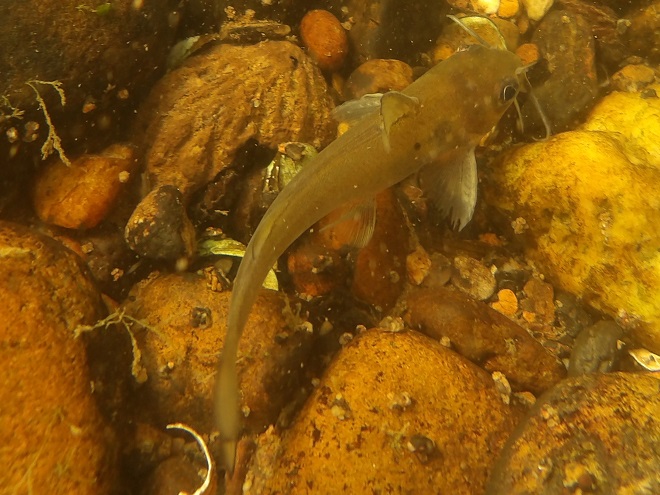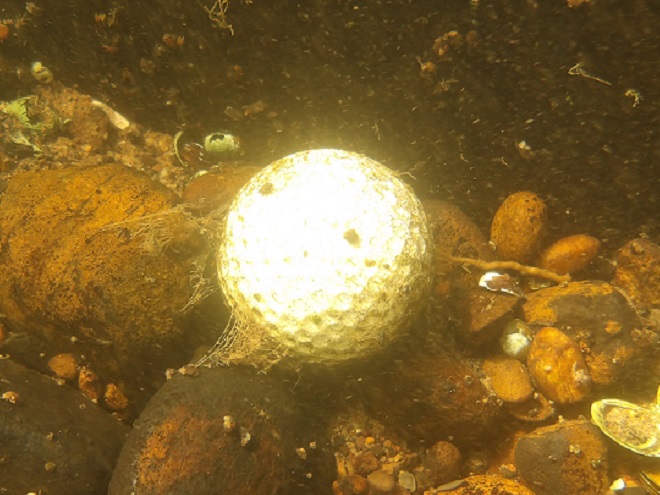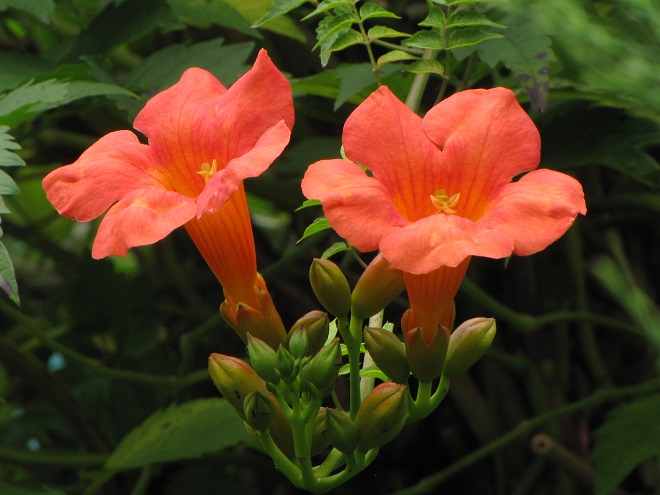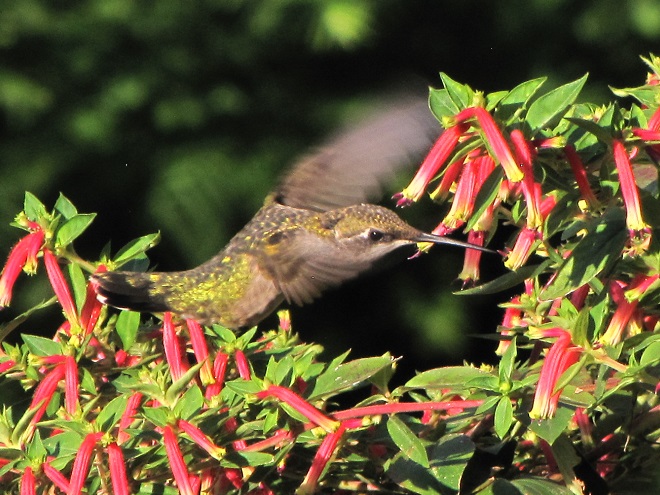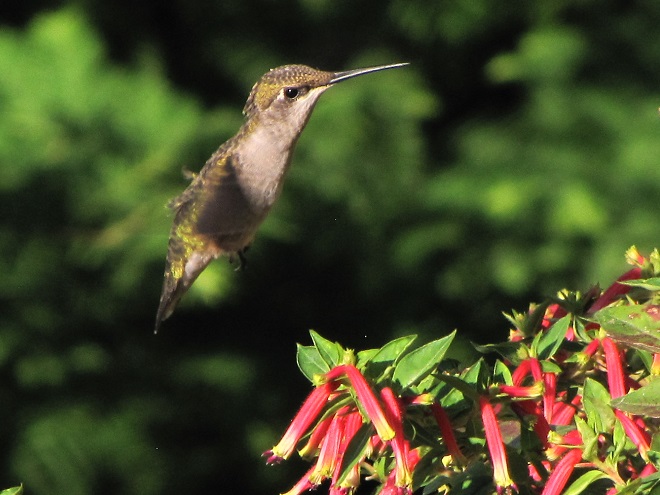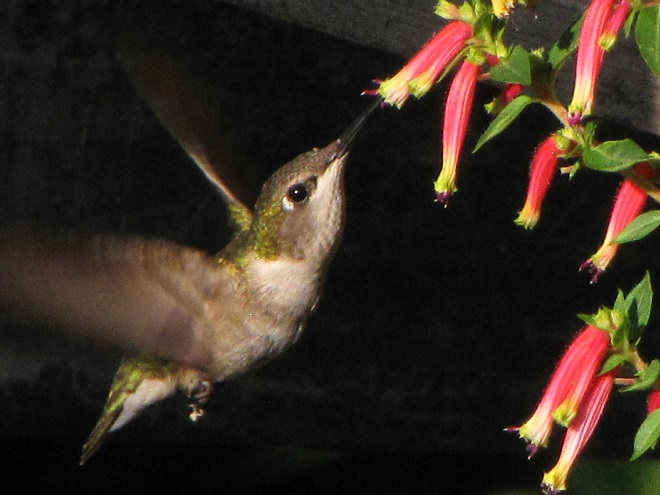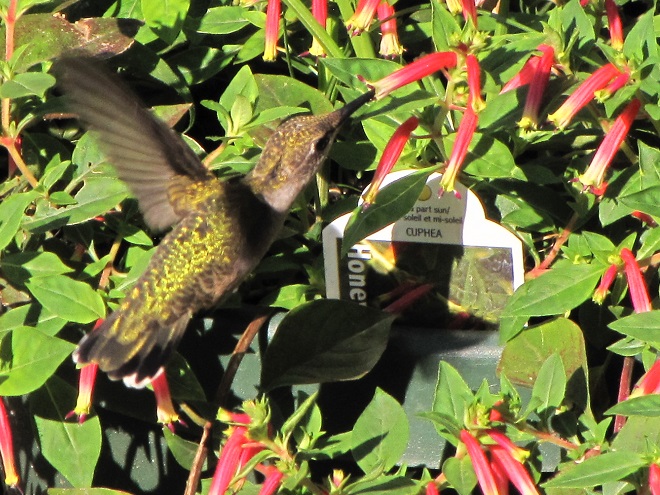Resilient to the pressures of flooding, ice scour, drought, and oft times really poor water quality, Water Willow (Dianthera americana, formerly Justicia americana) is the most common herbaceous plant on the Susquehanna’s non-forested alluvial islands. Yet, few know this native wildflower by name or reputation.



The spring of 2024 has been very kind to our beds of Water Willow. Rainfall in the Susquehanna watershed has been frequent enough to maintain river levels just high enough to keep the roots of the plants wet. During the interludes in storm activity, dry spells have rolled back any threat of flooding on the river’s main stem, thus eliminating chances of submerging the plants in muddy water and preventing the sun from keeping them warm, happy, and flowering early. Thundershowers throughout the basin earlier this week have now raised the river a few inches to inundate the base of the plants and make mats of Water Willow favorable places for newly hatched fry and other young fish to take refuge while they grow. Here’s a look…









By now you’ve come to appreciate the importance of Water Willow to the sustainability of our populations of fish and other aquatic life. Like similar habitat features that reduce sediment runoff and nutrient pollution, undisturbed stands of terrestrial, emergent, and submerged native plant species are essential to the viability of our freshwater food webs.



